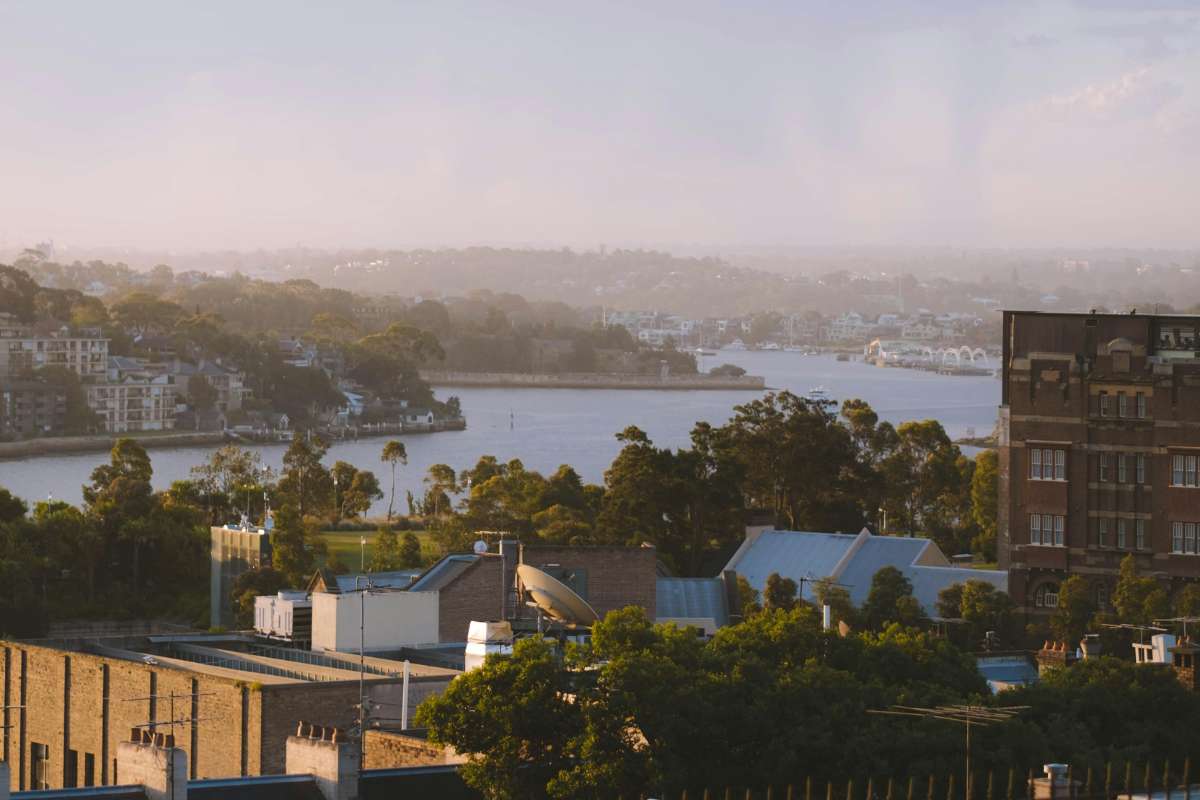Criteria for Choosing Your First Investment Property
The B.Invested property philosophy has always revolved around fundamental criteria for buying properties. Each asset must be purchased for below market value, have strong rental returns and have an upside for capital growth.
B.Invested helps clients source the right properties to build wealth and achieve their goals so they can live life on their own terms, but the know-how to find these assets doesn’t just appear overnight. It takes years of research, experience and making contact with real estate agents all over Australia.
Here are just a few things B.Invested experts have learnt about sourcing the best investment properties.
Identifying high-growth properties
There is one key factor to consider first when it comes to properties primed for growth. You need to make money on the way into the market. A property may look great, have reliable tenants and be in a good suburb, but there’s no point paying more than what it’s worth. You need to get it for below market value. If you can do that, you immediately create room for growth and the potential to accumulate fast equity that can be pulled out and used to buy your next investment property.
Whether you are buying at the bottom of a market cycle, or are able to secure a property off market, or even a home with great bones that’s in need of a superficial renovation, a below value deal is a brilliant way to lay the foundation for creating a bigger portfolio. You have equity when the market is growing and a buffer if the market does experience a value drop.
Evaluating property location and demand
The next factor to consider is the location. Properties located near major cities or big regional areas, but at the affordable end of those markets, can be sound choices. As inner suburbs grow in value through multiple property cycles, the ripple effect means neighbouring suburbs generally follow suit. If you think about it, a $300,000 property is likely to double in value a lot faster than a $1 million property, so if you are able to leverage equity and accumulate a portfolio of the cheaper properties, there is more upside for long term growth.
Time in the market is important, therefore timing the market is important. If you can purchase below value and before a market growth cycle, your property will be positioned for maximum upside. If your strategy is long term wealth accumulation, you can hold that property forever. If it’s positively geared (which we’ll get to in a moment), it will eventually pay itself off and will then be an unencumbered asset returning rental income and further value growth.
Maximising rental yields and cash flow
For a property to be positively geared, the rental income you receive from your tenants must cover your mortgage repayments, property management fees and other associated costs and still leave you with some leftover cash. This ensures you are not having to find extra money to cover the weekly costs of an investment property, money that could be put to better use elsewhere.
Not only should the property be positively geared, but it should appeal to a large pool of tenants. That way, your funds won’t be eaten into by costly vacancy periods should your current tenants move on or break their lease.
Properties at the affordable end of the market are good for encouraging steady demand from tenants, because that’s the level a lot of renters are at. A family home worth $300,000 in a regional area or in the outer ring of a capital city is more likely to command $400 or more a week in rent than a $2 million house getting $2500 a week, as the need and demand for the former is far greater than the latter. If you need help figuring out what your strategy looks like or you need more information, reach out to the Investor Relations team at B.Invested.



